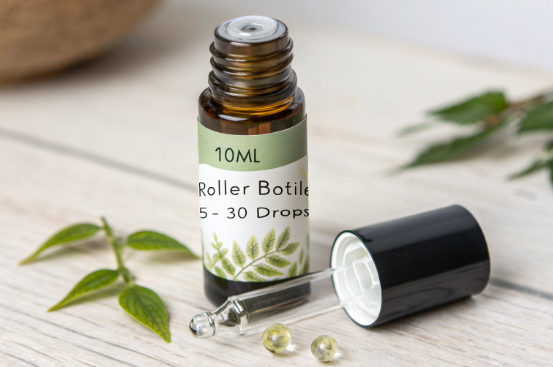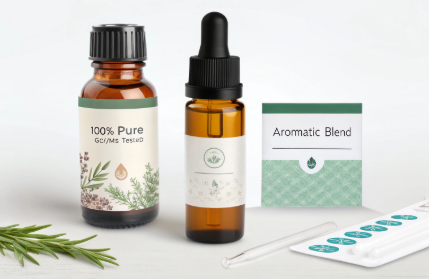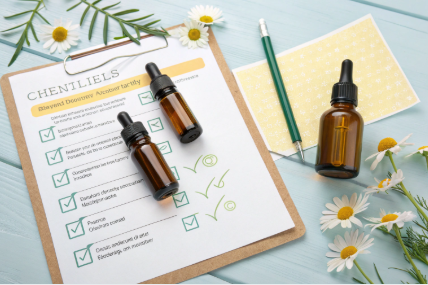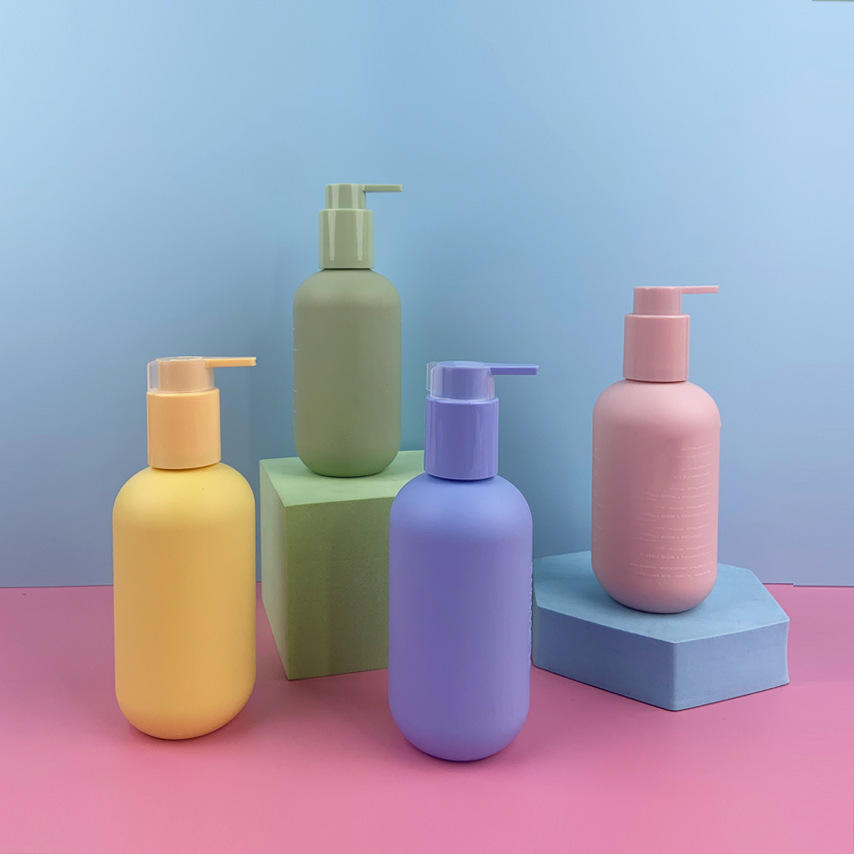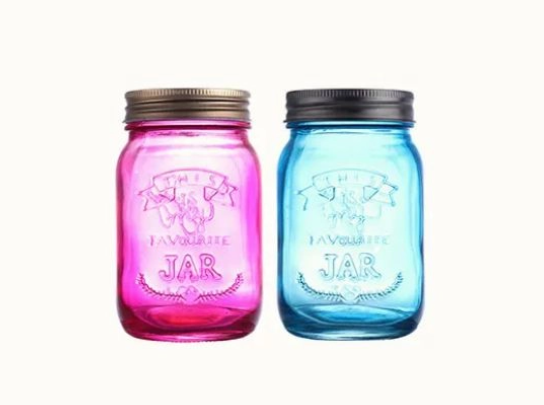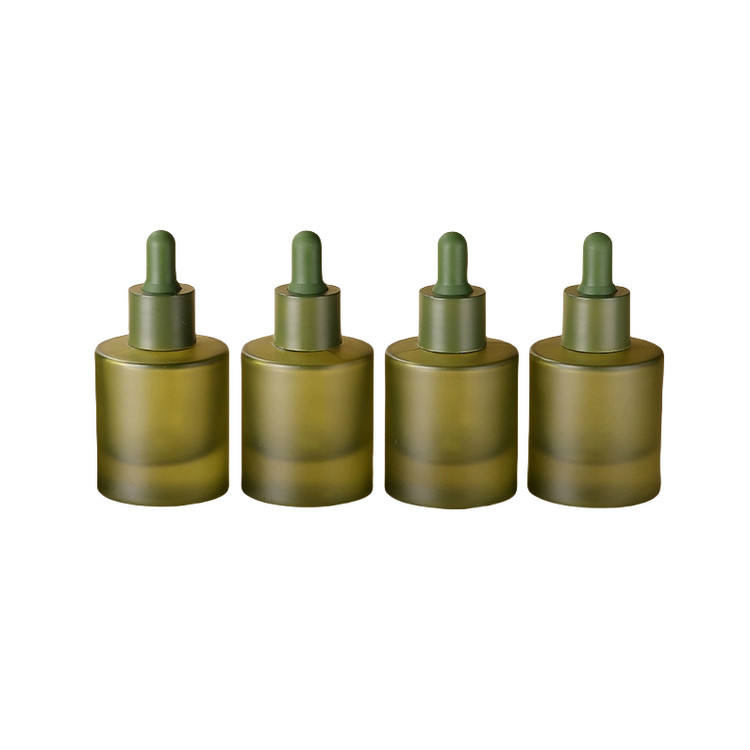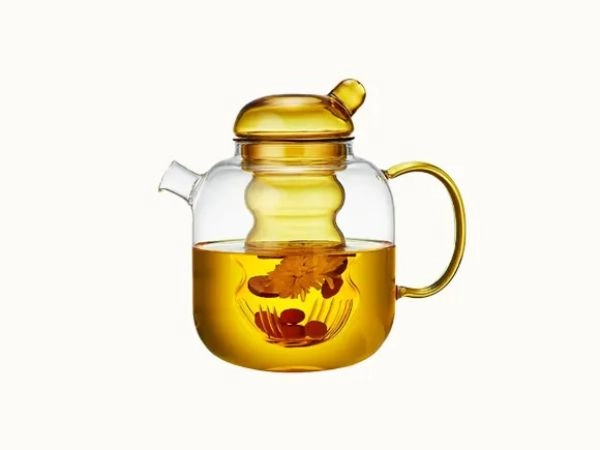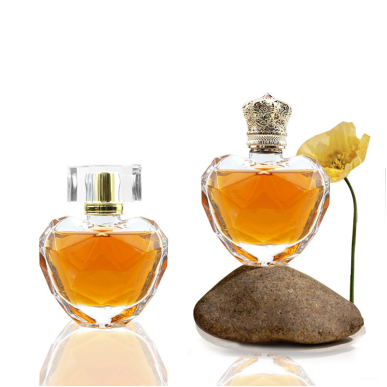Not all “essential oils” are what they claim to be—and that’s a serious concern for brands and consumers alike.
To verify an essential oil is 100% pure, check for clear labeling, request third-party test reports, and perform simple at-home purity checks like the paper blot or scent consistency test.
Let’s unpack how to spot authentic oils and avoid synthetic or diluted imposters.
How do you know if essential oils are 100% pure?
It’s not always what the label says—it’s what the supplier can prove.
100% pure essential oils will be labeled with their botanical name, plant part used, and have GC/MS test results to verify authenticity and quality.
Dive Deeper: What Real Purity Looks Like
When sourcing essential oils—especially for resale, aromatherapy, or skincare—transparency is everything.
Key Indicators of Purity:
| Feature | What to Look For |
|---|---|
| Botanical Name | e.g., Rosmarinus officinalis for rosemary |
| Plant Part Used | Leaves, flowers, bark, etc. |
| Extraction Method | Steam distillation, cold press (not chemical solvents) |
| GC/MS Report | Gas Chromatography/Mass Spectrometry lab test verifying chemical profile |
| No Additives | Avoid terms like "fragrance oil" or "perfume oil" |
At PauPack, we collaborate with verified essential oil suppliers who provide full COA (Certificate of Analysis) and GC/MS results upon request—especially for private label clients who want to build trust through ingredient transparency.
How do I make sure my essential oil is pure?
Before you bottle it—or put it on your skin—you need to vet it thoroughly.
Ensure oil purity by sourcing from reputable suppliers, reading technical documentation, and verifying consistent aroma, color, and viscosity.
Dive Deeper: Your Essential Oil Vetting Checklist
1. Choose Trusted Sources
Work with established suppliers who are transparent about origin, testing, and batch control.
2. Request Lab Reports
Ask for:
-
GC/MS Analysis
-
COA (Certificate of Analysis)
-
Organic or safety certifications (e.g., USDA, ECOCERT)
3. Use Your Senses
-
Smell: Pure oils smell fresh, not perfumey or chemical
-
Feel: Shouldn’t feel greasy or sticky (except thicker oils like sandalwood)
-
Color: Some oils are colorless; others have a natural tint (e.g., blue chamomile)
4. Ask About Storage
Oils should be kept in amber or cobalt glass bottles with airtight seals to avoid oxidation.
At PauPack, we ensure our essential oil packaging supports purity with UV-blocking bottles, airtight droppers, and tamper-evident seals—so clients can protect the integrity of their product from factory to shelf.
How to check if oil is pure?
While lab tests are best, you can do some simple checks yourself—especially if you're evaluating samples.
To check if an essential oil is pure at home, try the blot test on paper or freeze test to observe behavior consistent with natural, undiluted oils.
Dive Deeper: DIY Purity Tests
Blot Paper Test
-
Place one drop of oil on white printer paper
-
Let it dry for 30–60 minutes
-
Pure oil will evaporate with little to no stain (carrier oil = greasy ring)
Freeze Test
-
Put a small amount in the freezer for 24 hours
-
Most essential oils won’t freeze (but water or alcohol-based blends will)
Mix Test
-
Drop oil into a glass of water
-
Pure essential oils don’t dissolve easily in water—they float on top
| Test | What It Shows | Limitations |
|---|---|---|
| Blot test | Detects carrier oil | Doesn’t detect synthetic additives |
| Freeze test | Flags alcohol or water base | Not all oils behave identically |
| Water test | Shows solubility | Doesn’t confirm botanical origin |
These aren’t foolproof—but they’re good red flags before placing large orders. For private labels, PauPack always recommends requesting COA and stability test data before selecting oils for bottling.
How do you identify essential oils?
Each essential oil has a unique scent and chemical fingerprint—but mislabeling is common.
You can identify essential oils by their Latin (botanical) name, scent profile, and chemical composition using tools like GC/MS analysis.
Dive Deeper: Sensory and Scientific Identification
Scientific Method:
-
GC/MS Testing reveals the oil's exact chemical makeup (e.g., cineole content in rosemary oil)
-
Certified labs can match this to a known species, batch, or region
Sensory Identification:
-
Professionals (called "noses") are trained to detect quality and origin by scent
-
Look for layered aromas, not just sharp or synthetic notes
| Oil | Signature Scent Note | Primary Component |
|---|---|---|
| Lavender | Floral, calming | Linalool, linalyl acetate |
| Rosemary | Herbaceous, sharp | Cineole, camphor |
| Peppermint | Cool, fresh | Menthol, menthone |
| Lemon | Zesty, sweet | Limonene |
At PauPack, we help clients match essential oils to their branding by offering custom fragrance development and scent samples in certified packaging—ensuring consistent quality from concept to customer.
Conclusion
To know if an essential oil is 100% pure, don’t just trust the label—verify the source, analyze the scent and feel, and request lab-backed proof. That’s how you protect your product, your brand, and your customers.




